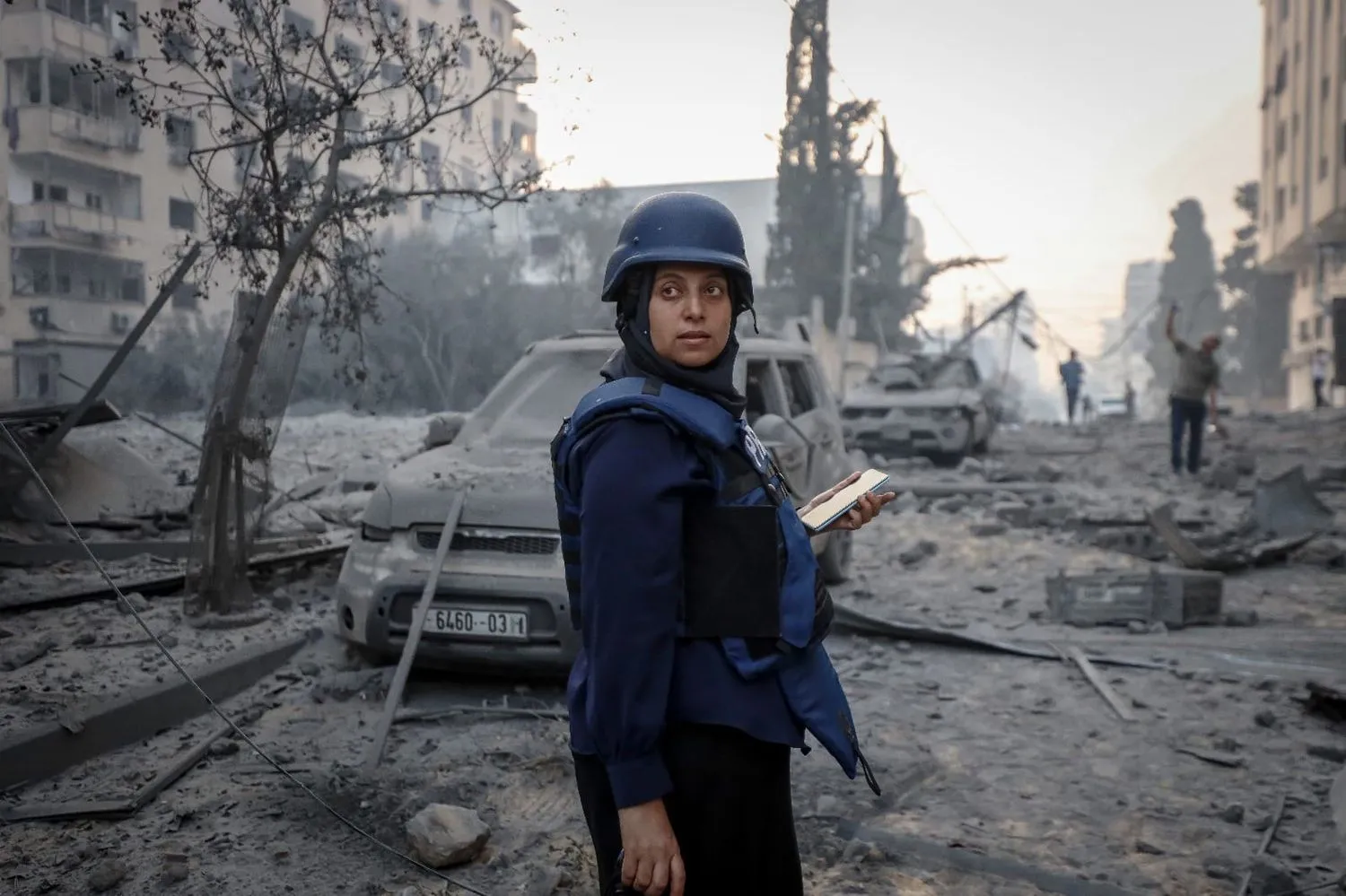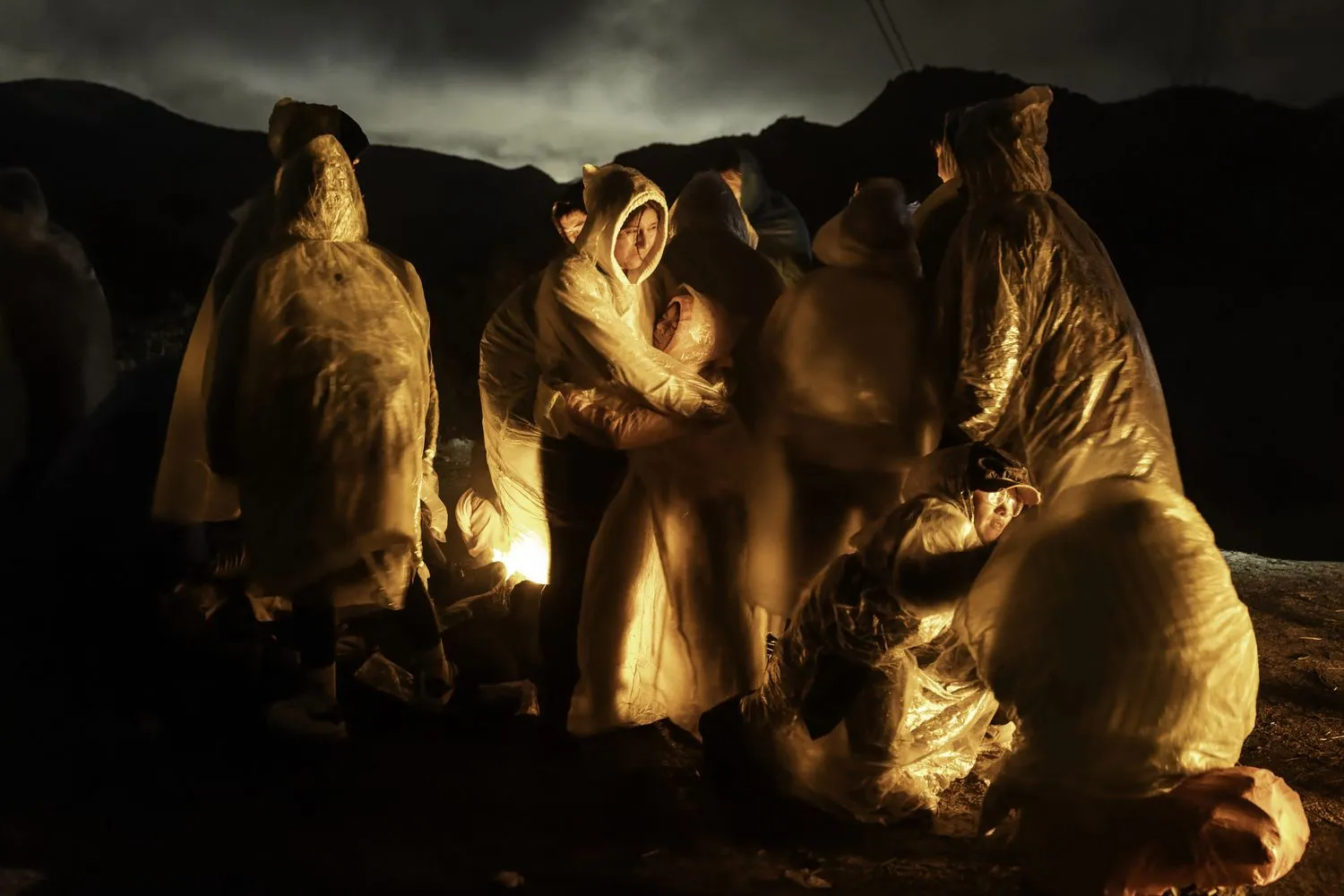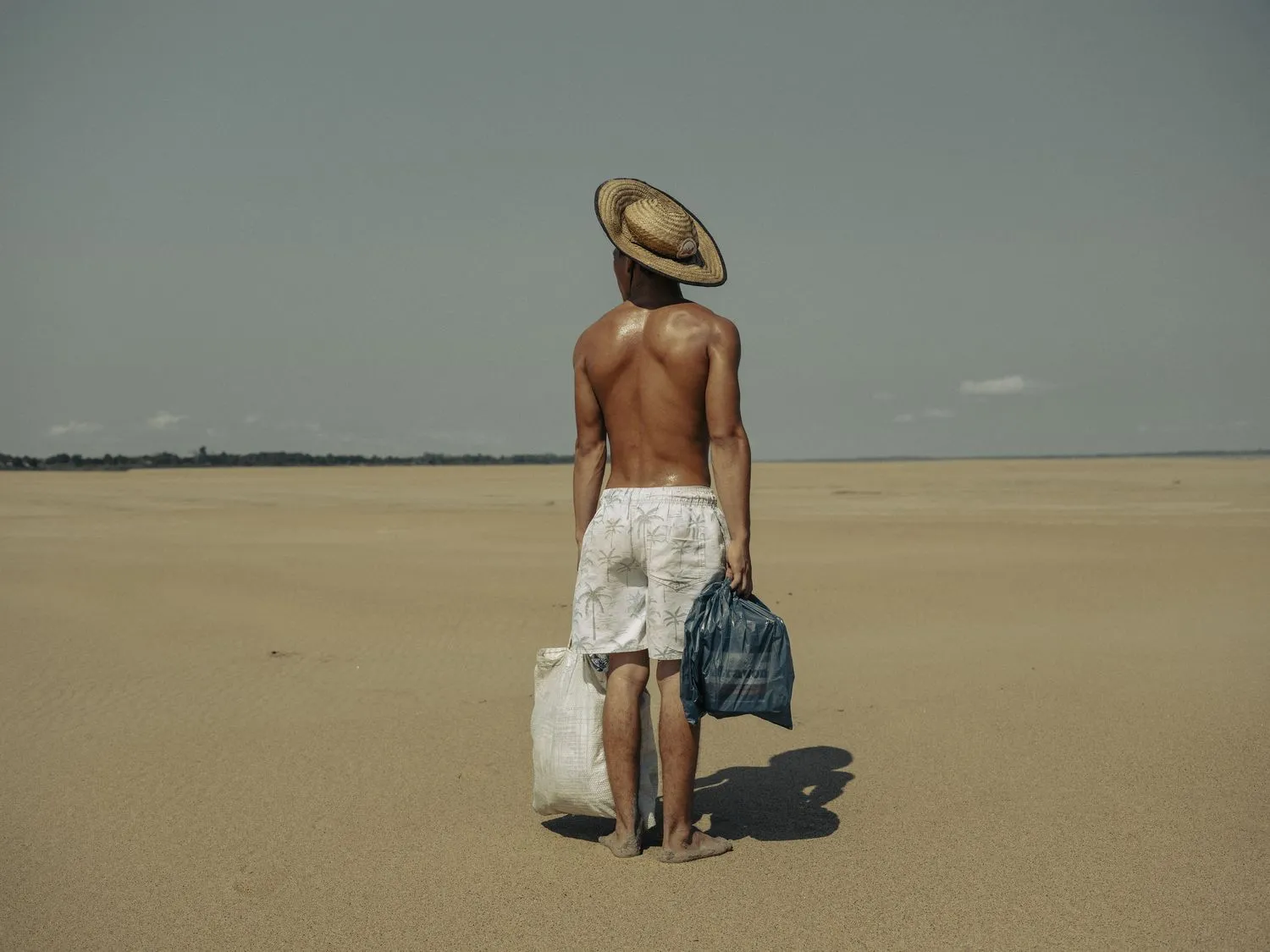 Mahmoud Ajjour (9), who was injured during an Israeli attack on Gaza City in March 2024, finds refuge and medical help in Qatar. Doha, Qatar, 28 June 2024. © Samar Abu Elouf, for The New York Times
Mahmoud Ajjour (9), who was injured during an Israeli attack on Gaza City in March 2024, finds refuge and medical help in Qatar. Doha, Qatar, 28 June 2024. © Samar Abu Elouf, for The New York Times As Israel intensifies its attacks on Gaza while depriving 2.1 million Palestinians of humanitarian aid, Palestinian journalists and photojournalists persist in documenting these harrowing moments, despite the profound personal risks and emotional toll. Among them, one photograph has been recognized for its powerful storytelling and emotional depth.
This year, the 2025 World Press Photo of the Year has been awarded to Palestinian photographer Samar Abu Elouf, for a haunting portrait of nine-year-old Mahmoud Ajjour, severely injured while fleeing an Israeli attack in Gaza. Taken for The New York Times, the image shows the boy seated near a sunlit window in Doha, his gaze soft and distant, his arms lost to an Israeli airstrike in Gaza. The photograph, quiet yet devastating, reflects the staggering reality of the relentless violence inflicted on the most vulnerable, leaving tens of thousands of Palestinian children in Gaza dead, disabled, or orphaned, all while being denied access to medical care.

Elouf, who was evacuated from Gaza in December 2023, now resides in Doha, where she shares an apartment complex with Mahmoud. A seasoned photojournalist, her work over the past decade—featured in The New York Times, Reuters, and TIME—has consistently documented the human cost of war, particularly among women and children. Her perspective is shaped not only by proximity to conflict, but by personal experience. One of the few women photographers to chronicle life in Gaza, she continues her work in Doha to tell the stories of those, like Mahmoud, who have escaped for treatment.
Mahmoud's story is emblematic of the horrors endured by many in Gaza. He was injured in March 2024 while urging his family to keep running as they fled Israeli fire. A blast severed one arm and mutilated the other. Now in Qatar, he's adjusting to life by using his feet to complete everyday tasks, from playing games to writing, focusing on the small steps forward in reclaiming his childhood.
"One of the most difficult things Mahmoud's mother explained to me was how when Mahmoud first came to the realization that his arms were amputated, the first sentence he said to her was, ‘How will I be able to hug you'?" said Elouf.
This photograph reflects a broader tragedy: by the end of 2024, Gaza had the highest per capita number of child amputees in the world, according to UN estimates. Abu Elouf’s image of Mahmoud powerfully underscores the devastating scale of this crisis.
"This is a quiet photo that speaks loudly," said Joumana El Zein Khoury, Executive Director of World Press Photo. "It tells the story of one boy, but also of a wider war that will have an impact for generations." Chosen from over 59,000 submissions, the image was praised for its emotional gravity, restraint, and humanity—what jury chair Lucy Conticello described as "a layered entry point into a complex story."


The award comes at a time when journalists in Gaza face unprecedented dangers. According to the Committee to Protect Journalists (CPJ), the Israel-Gaza war has claimed more journalist lives in a single year than any other conflict CPJ has documented. By April 2025, at least 175 journalists and media workers have been killed, with a significant number of Palestinian journalists deliberately targeted while covering the conflict. Despite constant threats to their lives, journalists continue to report, driven by their commitment to bearing witness to the truth.
Alongside Abu Elouf's portrait, two finalists were recognized: Night Crossing by American photographer John Moore, showing Chinese migrants huddled under plastic sheeting in the pouring rain after crossing the U.S.–Mexico border, and Droughts in the Amazon by Peru-Mexico-based Musuk Nolte, documenting a young man bringing food to his mother in a parched Amazonian village.
All three photographs reflect the central issues of this year's contest: conflict, migration, and climate. But they are also stories of endurance—of people navigating disaster with dignity. Abu Elouf's image—quietly luminous, unbearably real—reminds us of what journalism can achieve at its most humane. It bears witness not only to injury but to resilience, demanding that we look and refuse to look away.